21st annual Iron Pour moves to new location
October 31, 2014
By Tabassum Ali
UK’s 21st annual Iron Pour by the School of Art and Visual Studies will be a “spectacle,” according to Gary Bibbs, head of the sculpture department and chief coordinator of the event.
The event, which will be held from 4 p.m. until dark on Saturday, has changed location to the old railway tracks on Scott Street.
“The crowd will be down below and can look on,” Bibbs said. “It will be safe for them too.”
Bibbs said he expects about 200 people to attend the event, same as last year.
“We want to see students, family and children at the event,” he said.
Bibbs and his team began organizing this event in August, arranging this year’s guests and the workshops.
Throughout the week, students have been making molds for the event on Saturday.
Students and members of the public will learn about the metal casting process and how it all works, Bibbs said.
“Attendees will have a chance to interact with the students and the visiting artists,” Bibbs said. “Community support is very important to us.”
The two guests this year are Alison Ouellette-Kirby and Noah Kirby, who are both co-directors at Six Mile Sculpture Works, a non-profit organization.
“A lot of U.K students are in the program that we run and often come down, which is how I heard about this,” Kirby said. “It is going to be very exciting, people should come to at least see the iron pour.”
SCRAP, a student sculpture club, has been working alongside Bibbs. They will be selling shirts and food at the event. Scratch blocks will also be for sale, for $15 with a valid student I.D and attendees can also craft their own.
“We started working on this as soon as school opened, we had a huge checklist that needed to be completed in timely fashion,” Robert Nolan, a fine arts senior and the president of SCRAP said.
Caleb Williams, a fine arts freshman, added that there are more than 1000 moving parts involved in the casting process.
“It can be very time consuming,” Williams said.
The students have been working extremely hard on the event, Nolan said.
“The rule was, if you’re not at class or work you’re here,” Nolan said.
Some students could have put in 20-hour days in preparation for the event, Williams said.
“When the metal comes out of the furnace it can hit 3000 degrees Fahrenheit,” Williams said. ”This show is going to be an absolute spectacle.”









































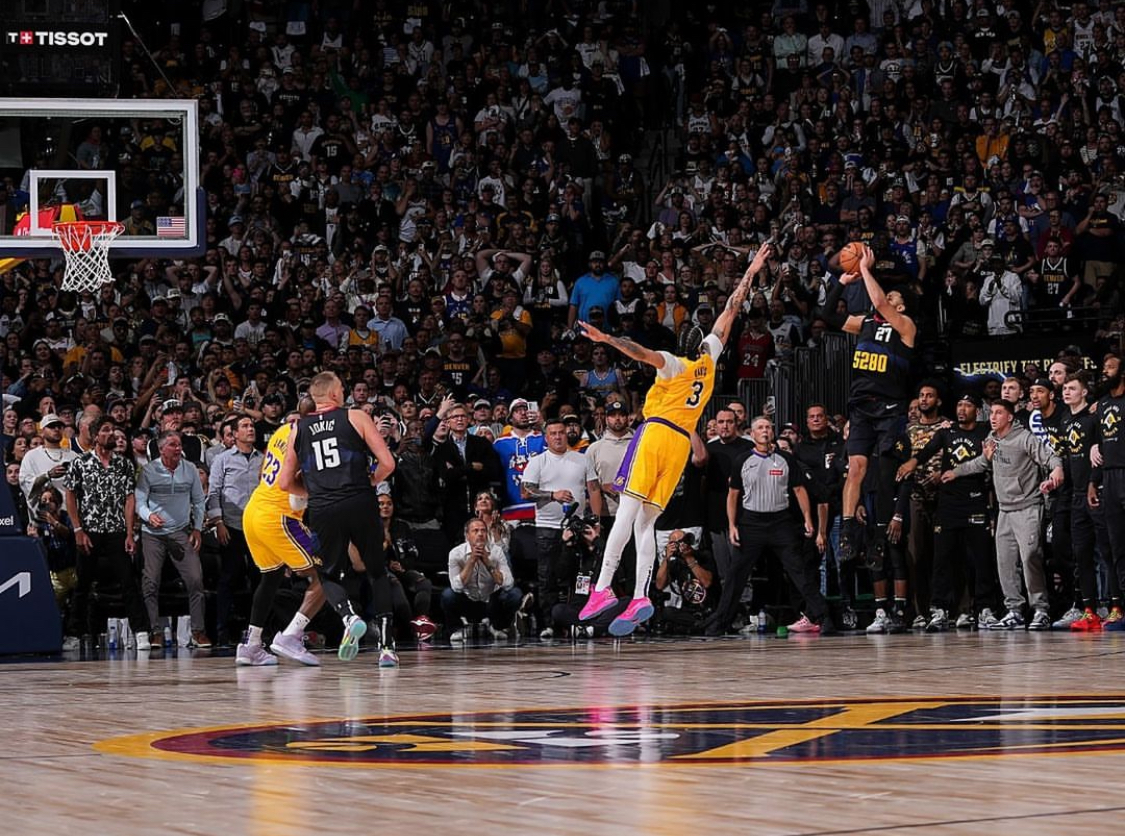




































































































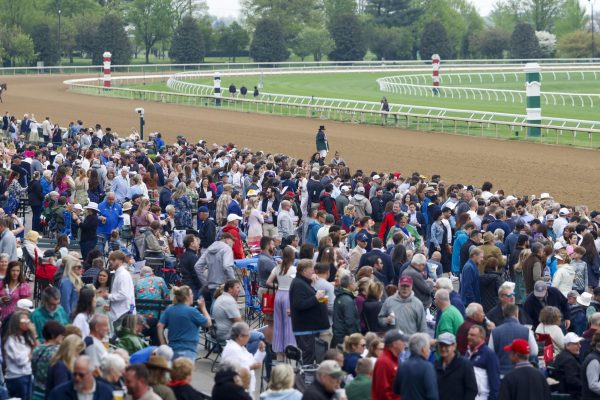
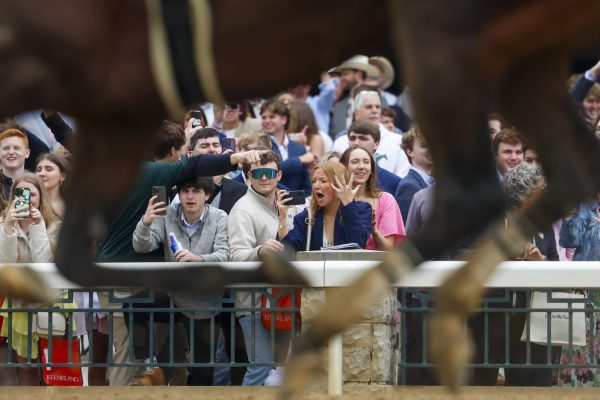
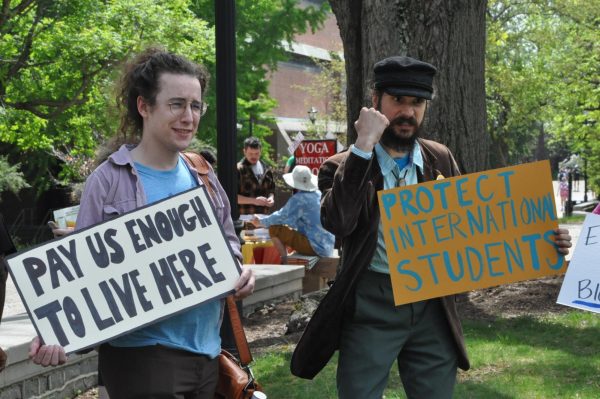
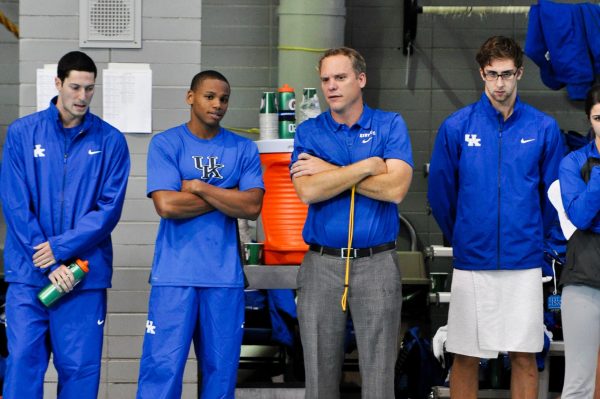



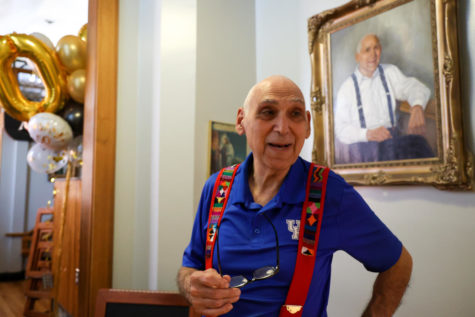
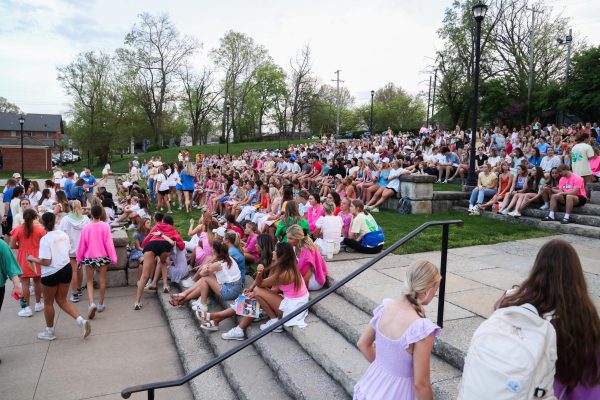

Stacey • Oct 2, 2022 at 8:03 pm
WHEN and WHERE is the 2022 Iron Pour????